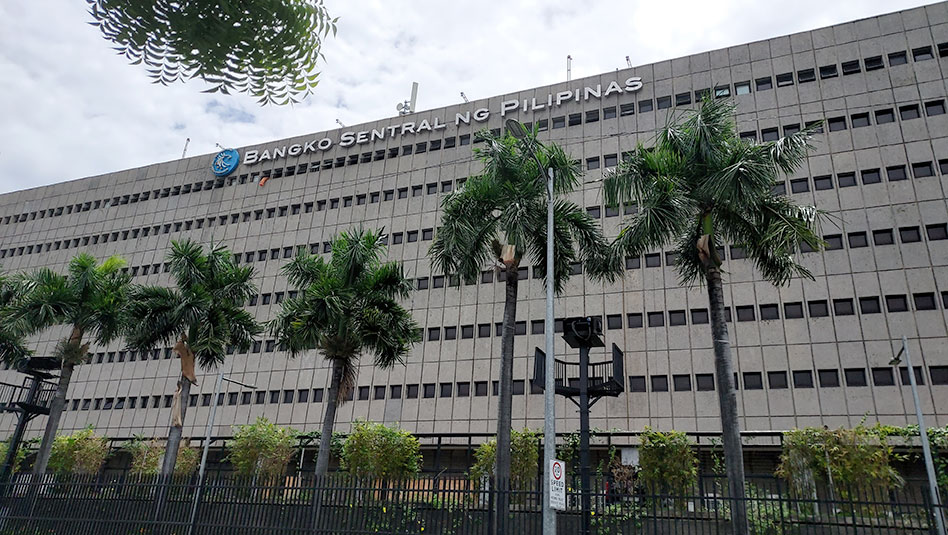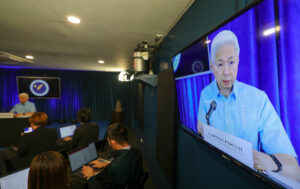




Policy Rate Updates: Closer to BSP’s Goldilocks moment
 DOWNLOAD
DOWNLOAD

Inflation Update: Speeds up but remains below target
 DOWNLOAD
DOWNLOAD

Monthly Economic Update: Fed back on track
 DOWNLOAD
DOWNLOAD


$88M investments from Marcos’ trips to materialize this year

Around USD 88 million (around PHP 4.83 billion) in investment pledges secured during President Ferdinand R. Marcos, Jr.’s foreign trips are expected to materialize this year, according to Trade Secretary Alfredo E. Pascual.
“The number that we expect to materialize in 2023 will total around USD 88 million — that is still small. That is only up to June this year and we expect some more to ripen and eventually add to the inflow of investments,” Mr. Pascual said at a Palace briefing, noting that six projects were already registered with the investment promotion agencies.
The government earlier said the president’s foreign trips had generated USD 66.93 billion or PHP 3.48 trillion worth of investment pledges.
Mr. Pascual assured that the Department of Trade and Industry has mechanisms to monitor and evaluate the progress of investment leads during Mr. Marcos’ 13 foreign trips in his first year in office.
“While some leads may take longer to materialize, we exert continuing efforts to facilitate investment implementation and address any attendant obstacles… We ensure transparency and accountability, although we cannot always disclose the names of specific companies that we deal with due to confidentiality demanded by private companies which are subject to competitive pressures,” he said.
Meanwhile, Mr. Pascual said the export sector’s growth will heavily rely on foreign investments.
“The best way to develop our exports is to really bring export-oriented investors or investments into the Philippines,” Mr. Pascual told reporters on the sidelines of a Palace briefing.
“Some of our neighboring countries have large export figures because of foreign companies operating there,” he said.
Mr. Pascual said he hopes Mr. Marcos will “highlight” the Philippine Export Development Plan for 2023 to 2028, which calls for “industry-level” and “company-level” interventions to address challenges facing the domestic export sector, which has lagged regional rivals.
“It will be the basis for generating support all around. When we get the support, we will be able to fully implement [it], that’s what we need.”
Under the Export Development Act of 1994, the Trade department must prepare a rolling three-year plan for the sector. It is part of the Medium-Term Philippine Development Plan, which is now called the Philippine Development Plan.
Philippine exports grew by 1.9% to USD 6.44 billion in May, the fastest growth since the 13.1% logged in November 2022, according to the state statistics agency. — Kyle Aristophere T. Atienza
This article originally appeared on bworldonline.com





 By BusinessWorld
By BusinessWorld